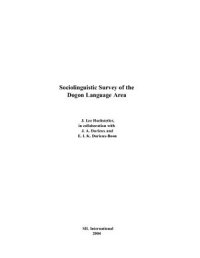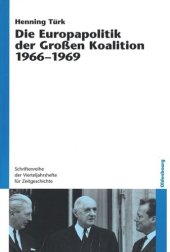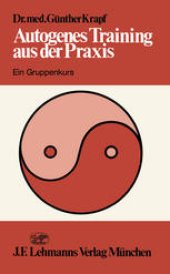
Ebook: Sociolinguistic Survey of the Dogon Language Area
- Genre: Linguistics // Foreign
- Tags: Языки и языкознание, Африканские языки, Догонские языки
- Language: Afrikaans-English
- pdf
SIL International, 2004. - 189 p.The reason for doing this survey was a desire to know whether the goal of all Dogon speakers being able to understand written material in the T¡r¡-s¡¡ speech variety is practicable. The purpose of this survey was to provide data necessary for SIL administrators in Mali to decide whether or not there is a need for SIL to be further involved in various aspects of Dogon language deve lopment. The pivotal question for SIL in Mali is whether or not the average speaker of every identified Dogon speech variety can presen tly understand the T¡r¡-s¡¡ speech variety adequately (let alone express himself in it) since the Malian government has officially chosen it as the sole Dogon standard. Adequate comprehension could be possi ble from either inherent intelligibility (section 1.3 defines this term) or because of widespread high-level bilingualism. This report provides information that indicates that T¡r¡-s¡¡ is inherently intelligible to some degree with speakers of some Dogon varieties, but that with others it definitely is not. No attempt is made to assess the general level of bilingualism of speakers of varieties who find T¡r¡-s¡¡ unintelligible, nor to analyse the feasibility of a program to raise the general level of bili ngualism, albeit that these are valid questions that could be the purpose of a subsequent survey. The Dogon region is far from homogeneous, not only in its phys ical appearance, ut also in its population. Population density, way of living, and linguistic make-up all differ considerably from area to area. Much of the background research, and all of the fieldwor k for this survey was conducted in 1998 by J. A. Durieux and E. I. K Durieux-Boon who were short-term members of SIL. At that time the author of this report was the Language Survey Coordinator for SIL in Mali, and as such was their supervisor. For practical reasons, we planned this survey to be executed in several stages (see section 8. 3, Data gathering), but just as the end of stage one was coming into sight, the Durieux were oblig ed to leave Mali and were unable to take up the research again. SIL had noone to pick up the work and unfortunately finishing this report was greatly delayed. The first stage of this survey was to concentrate on ma pping the Dogon area with the view of identifying the extent and the boundaries of distinctive speech communities (term defined in section 1.3). Much information was gleaned from existing iterature on the Dogon people and linguistic s ituation. In addition, the Durieux made several trips throughout many of the Dogon-speaking areas of Mali intervie wing village elders, taking wordlists, mapping village coordinates, and collecting population fi gures. The departure of the Durieux from Mali resulted in less than ideal circumstances for transferring data and documents to SIL and unfortunately the questionnaires done with village elders were lost. The Dogon area most lacking in data in this report, and which remains to be visited, is the vast but sparsely populated Jamsay-tegu speaking area in the east, including its extensions into Burkina Faso at several places. This report presents the findings of only the first stage of a survey that was cut short, but which nevertheless produced information useful for a better understanding of the complex Dogon language situation and the history of Dogon language research.
Download the book Sociolinguistic Survey of the Dogon Language Area for free or read online
Continue reading on any device:

Last viewed books
Related books
{related-news}
Comments (0)


















